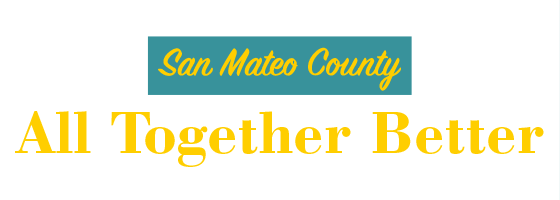Promising Practices
The Promising Practices database informs professionals and community members about documented approaches to improving community health and quality of life.
The ultimate goal is to support the systematic adoption, implementation, and evaluation of successful programs, practices, and policy changes. The database provides carefully reviewed, documented, and ranked practices that range from good ideas to evidence-based practices.
Learn more about the ranking methodology.
Filed under Evidence-Based Practice, Health / Health Care Access & Quality, Adults, Women, Racial/Ethnic Minorities
Goal: The goal of Cultivando la Salud is to increase breast and cervical cancer screening among low-income Hispanic women.
Filed under Good Idea, Environmental Health / Air
Goal: The mission of Enviro Board Corporation is to become the world's leading manufacturer of low-cost, environmentally friendly building panels. These durable and architecturally versatile panels will contribute significantly to a healthier environment by recycling agricultural waste, greatly reducing pollution and preserving our natural resources, while creating the ability to construct high-quality, affordable housing worldwide utilizing unskilled labor.
Filed under Good Idea, Environmental Health / Environmental Justice, Racial/Ethnic Minorities, Urban
Goal: The goal of the Environmental Health Leadership Training is to inform and empower the predominately low income people of three urban communities in Northern Manhattan (Central Harlem, West Harlem, and Washington Heights) to improve their capacity to organize for community environmental health and justice in New York City. The long term goal of these efforts is to help intervene and reduce exposure to environmental toxicants which are adversely affecting the health of disadvantaged, medically underserved, predominantly African American and Latino populations in Northern Manhattan.
Filed under Effective Practice, Health / Alcohol & Drug Use, Teens
Goal: The goal of this program is to prevent tobacco and alcohol abuse among adolescents.
Filed under Effective Practice, Environmental Health / Energy & Sustainability
Goal: The energy goals of the committee were to save money, reduce energy usage and to "stay on" during blackouts to avoid sending employees home.
Filed under Evidence-Based Practice, Education / Childcare & Early Childhood Education, Children
Goal: The program's goal was to improve child behavioral problems during the early preschool years.
Impact: The FOL program positively impacted preschool children's behavior in the classroom.
Filed under Good Idea, Health / Diabetes, Racial/Ethnic Minorities, Urban
Goal: The Full Circle Diabetes Program aims to provide a holistic approach to diabetes self-management.
Filed under Good Idea, Economy / Housing & Homes, Adults, Urban
Goal: ReStore Kansas City was created to be an entrepreneurial, fundraising arm for Habitat for Humanity Kansas City through sales of donated new and used building materials, furniture and appliances. By salvaging useable materials from people who no longer need them, ReStore is saving space in landfills, giving the public affordable materials, and helping to further the mission of affordable housing in the Kansas City area.
Impact: Two stores raised more than $5 million and approximately 60,000,000 lbs. of material were diverted from going into the local landfill.
Filed under Evidence-Based Practice, Health / Alcohol & Drug Use, Children, Teens
Goal: The HeadOn program is designed to promote well-known protective factors based on both the social-influence model of drug use and a generalized skills-training model.
Filed under Good Idea, Health / Children's Health, Children, Families, Urban
Goal: The program aims to reduce childhood obesity by using a three-stage approach to identifying root causes of the issue, developing and implementing behavioral strategies for weight management, and involving both the children and their families in adopting a healthy lifestyle.

